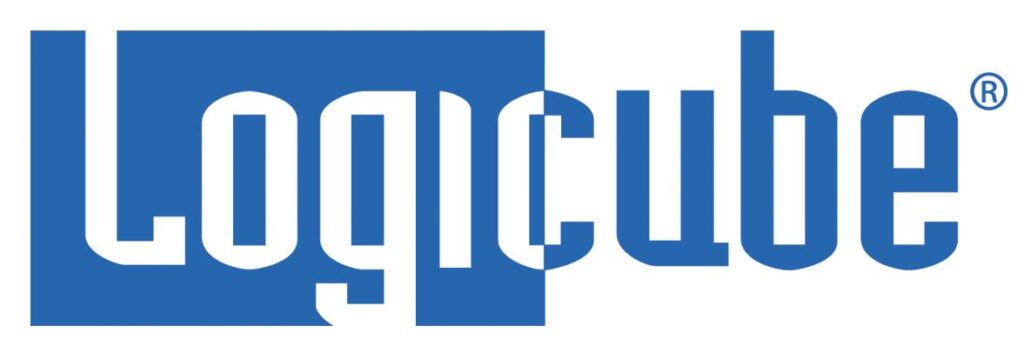Google is adding to its arsenal of creepy, Big Data tools with crowd sourcing technology that can identify public gatherings and other events that draw spectators. The company has applied to the US government for a patent on what is described as a method for “inferring events based on mob source video,” according to the Web site Public Intelligence. The technology uses video clips submitted by Google users (to YouTube, etc.) to infer that “an event of interest has likely occurred.” The technology surveys time- and geolocation stamps on the videos to correlate the activities of individuals who might be part of a gathering. The Patent, US2014/0025755 A1, was published on January 23, 2014 and lists Google Inc. as the Assignee and Ronald Paul Hughes as the inventor. It claims the technology, dubbed “mob sourcing” will allow Google to correlate video and images to infer the existence of groups (i.e. a public […]
Hardware
Can Google Hold Back Facial Recognition For Glass?
The New Yorker blog has an interesting, short piece by Betsy Morais on the challenges posed by facial recognition and wearable technology that’s worth reading. The post, “Through a Face Scanner, Darkly” picks up on recent reports about a proliferation of facial recognition applications for the Google Glass platform, addressing the ethical implications of the intersection of wearable technology with powerful sensors and analytics capabilities, including facial recognition. Specifically, Morais zeros in on an app called NameTag that adds a face scanner to the Glass. “Snap a photo of a passerby, then wait a minute as the image is sent up to the company’s database and a match is hunted down. The results load in front of your left eye, a selection of personal details that might include someone’s name, occupation, Facebook and/or Twitter profile, and, conveniently, whether there’s a corresponding entry in the national sex-offender registry,” Morais writes. NameTag’s focus […]
Government: Safety of V2V Outweighs Security, Privacy Risk
After months evaluating the safety and security of vehicle-to-vehicle (V2V) communications technology, the U.S. government announced that it will begin taking steps to enable the technology for light vehicles. In a statement Monday, U.S. Transportation Secretary Anthony Foxx said that V2V technology represents the next generation of auto safety improvements – a modern analogue to seat belts and air bags. “By helping drivers avoid crashes, this technology will play a key role in improving the way people get where they need to go while ensuring that the U.S. remains the leader in the global automotive industry.” Vehicle-to-Vehicle Communications comprises wireless technology that allows automobiles to exchange information with each other in realtime, as well as with roadside or road-based devices. V2V systems communicate in the 5.9 GHz band and can also use common WiFi signals to communicate. V2V communications allow a vehicle to sense and respond to threats and road […]
Podcast: Security Challenges Ahead For Blackberry
With another busy week behind us in the security world, we sat down with Zach Lanier, a senior security researcher for mobile authentication specialist Duo Security. Zach is a recognized authority on the security of mobile devices, and was able to talk about some ongoing research he’s doing on Blackberry’s BB10 operating system. Zach told us that Blackberry 10, the latest version of Blackberry’s mobile operating system, is a big improvement over previous versions, including the TabletOS that Blackberry (formerly Research in Motion) used for its PlayBook – the company’s first foray into the tablet space. But Lanier and fixed many of the information leaks that he and others found in TabletOS and reported to the company. “But there are still lots of questions we’re looking to answer,” Lanier said. Among other things, Lanier is examining whether Blackberry 10’s support for so many different runtimes might pose security problems for […]
In Next Phase: Web Tracking Cookies Grow Legs
It’s easy to focus on the low hanging fruit in the Internet of Things revolution – the Internet-connected thermostats, connected vehicles and lawn sprinklers that you can manage from the Web. But the biggest changes are yet to come – as powerful, wearable technology, remote sensors and powerful data analytics combine to map and record our every waking (and sleeping) moment. I got a glimpse of that reading this article over at the blog StreetFightMag.com, a site that concentrates on the hyperlocal marketing sector. Hyperlocal was a big thing about six or seven years ago, as online media outfit (and their advertisers) decided that consumers were losing interest in the thin gruel that online mass-media provided, but remained intensely interested in local news and affairs. Alas, capitalizing on the relatively small-scale opportunities in ‘hyperlocal’ proved harder than anyone thought, as this week’s decision to shutter AOL’s remaining Patch web […]






